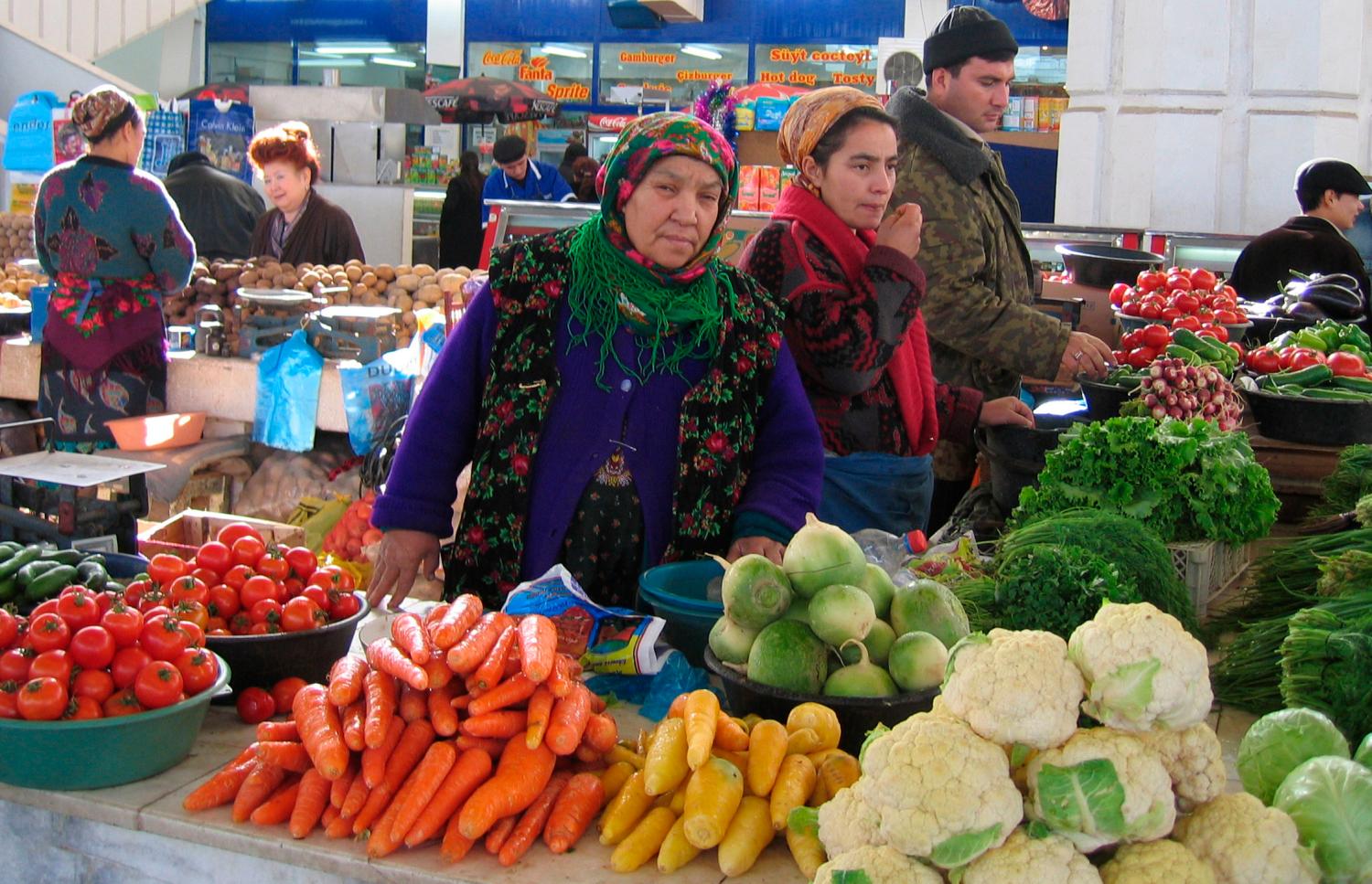Editor’s Note: The following piece is a chapter from the 2012 edition of Eurasian Development Bank’s
Eurasian Integration Yearbook
.
INTRODUCTION
For centuries Central Asia was in the backwater of global political and economic attention, tales of “Great Games” and “Silk Roads” notwithstanding. However, interest in Central Asia from outside the region has been on the rise in recent years: Central Asia’s energy resources are of great importance to its neighbours in Europe and Asia. In addition, China wants a peaceful backyard, while Russia considers Central Asia part of its historical economic and regional interests and draws heavily on Central Asia migrants. Turkey is attracted by the common Turkic heritage of the region. Iran shares language and cultural ties with the Tajik people. The Central Asia’s Islamic tradition connects it with the Middle East and other Islamic countries. And now NATO countries rely on Central Asia for transit of their nonlethal military supplies in their engagement in Afghanistan.
There is wide agreement that economic prosperity and political stability in Central Asia is critical not only for the 60-plus million inhabitants of the region, but also for Central Asia’s neighbours, since Central Asia serves as a strategically important land bridge between Europe and Asia. Since the five Central Asian countries are landlocked small economies, a critical prerequisite for long-term economic growth and political stability is successful economic integration underpinned by effective regional cooperation.
This paper therefore addresses the central question of what are the prospects for regional economic integration and regional cooperation in Central Asia. It starts by briefly reviewing the role of Central Asia in the context of the overall process of Eurasian continental economic integration. It then considers what are the benefits and obstacles of regional integration and cooperation in Central Asia against the backdrop of lessons of international experience with regional integration and cooperation, and looks at four of the most important recent regional cooperation initiatives. In closing, the paper provides an answer to the question whether regional integration and cooperation in Central Asia are for real or only a mirage.



